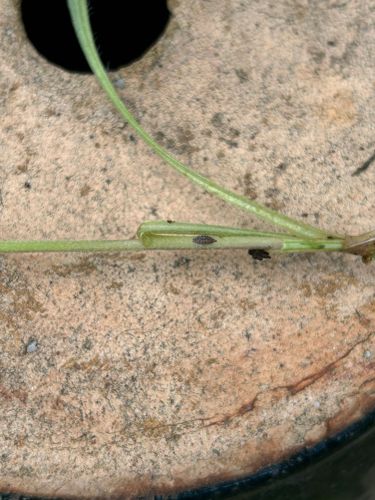Aphid
Scientific Name: Aphidoidea (Superfamily)
Order & Family: Order Hemiptera, Family Aphididae
Size: Typically 1 to 10 millimeters (0.04 to 0.4 inches) in length.

Natural Habitat
Aphids are found on a wide variety of plants, both cultivated and wild. They can infest garden plants, agricultural crops, trees, and ornamental plants. They thrive in temperate climates and are often found on the undersides of leaves, on new shoots, or on stems.
Diet & Feeding
Aphids are herbivorous and feed by piercing plant tissues with their stylets (mouthparts) and sucking out phloem sap. This sap is rich in sugars but poor in other nutrients, so aphids must consume large quantities.
Behavior Patterns
Aphids reproduce rapidly, often through asexual reproduction (parthenogenesis), where females produce live young without mating. This leads to quick population growth. They secrete honeydew, a sugary substance, which can lead to sooty mold growth on plants and attract ants, which often tend aphids for their honeydew. They are relatively sedentary once they find a suitable feeding spot.
Risks & Benefits
Risks: Aphids are significant agricultural and garden pests. Their feeding can stunt plant growth, cause leaf curling and distortion, and transmit plant viruses. The honeydew they excrete can lead to black sooty mold, reducing photosynthesis. Benefits: While mainly considered pests, aphids serve as an important food source for many beneficial insects, such as ladybugs, lacewings, and hoverfly larvae, which can help control aphid populations naturally.
Identified on: 8/18/2025